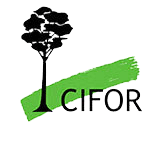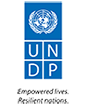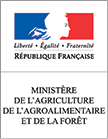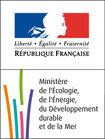In defining their Intended Nationally Determined Contributions (INDCs), countries have shown a wealth of approaches to construct visions of a sustainable and resilient future – and to determine objectives and means to pursue them, which include the forest and agriculture sectors.
Meanwhile, meaningful action is already underway. Tropical forest sub-national jurisdictions have signed the Under 2 MOU and the Rio Branco declaration both pledges to reduce GHG emissions by reducing deforestation and enhancing forest restoration. While addressing different scopes and scales, all seek to address climate change challenges and the co-benefits that actions in these sectors can bring in contributing to INDCs and achieving the set of SDGs. For example, land management is seen by many as playing a unique role in the suite of climate change solutions, since it can reduce emissions, remove carbon from the atmosphere, enhance resilience, provide clean water, and can promote food security.
The forum will provide an opportunity for different actors to showcase success, share lessons learned, challenges and experiences and explore opportunities in the preparation of the INDCs and of related processes including the question how ongoing sub-national initiatives could contribute.
Key questions addressed
- What are the challenges in the construction of INDCs by including the agricultural and forestry sectors? In particular, land use?
- What commitments have sub-national actors made in the forestry sector that might create pathways for their climate actions to be integrated into countries’ INDC’s?
- How can adaptation actions be integrated into INDCs?
- Why and how adaptation actions and other non-mitigation benefits are integrated into INDCs?
Background reading
State of California forest inventory
Aboveground live carbon stock changes of California wildland ecosystems, 2001–2010
Investing in Natural Resource Protection, for Climate and Multiple Benefits






































